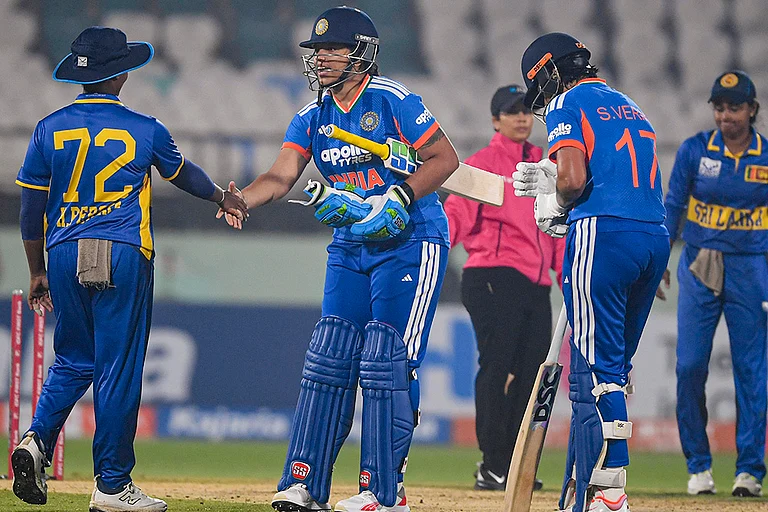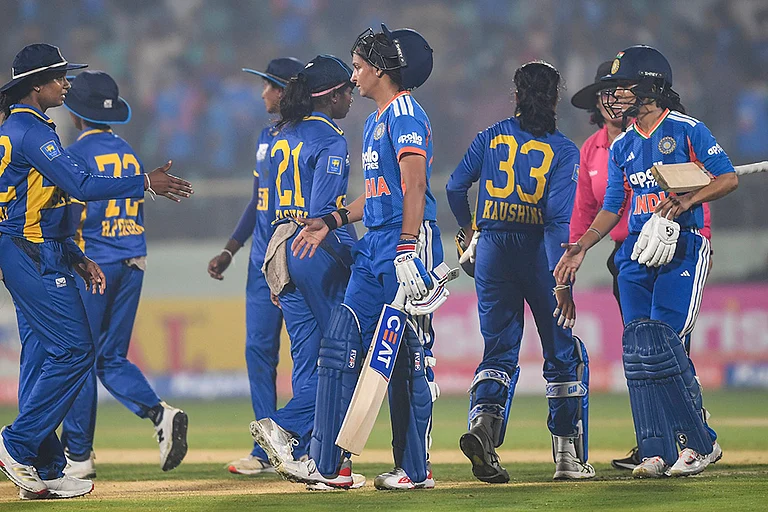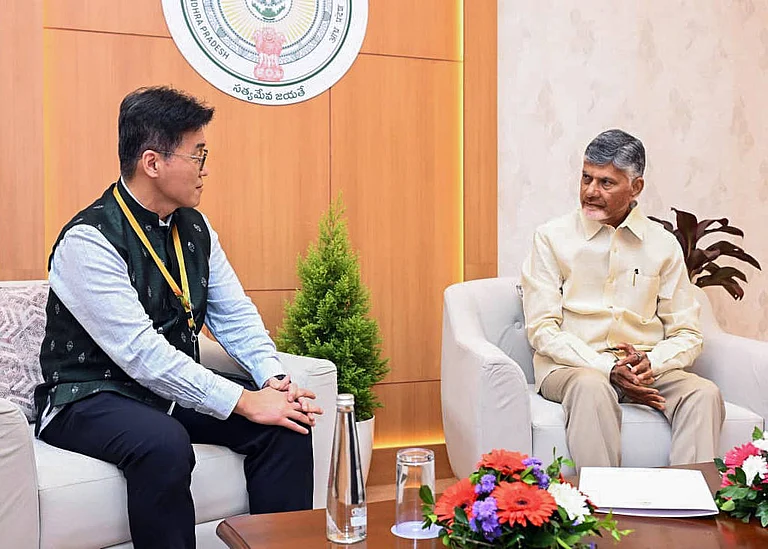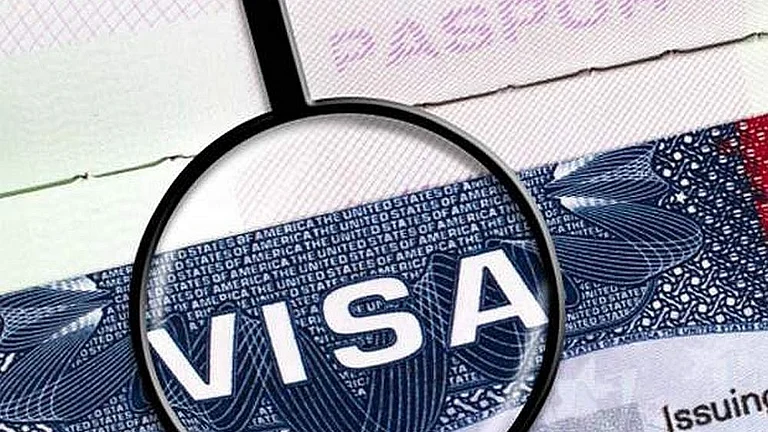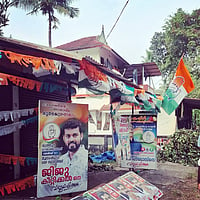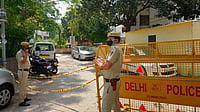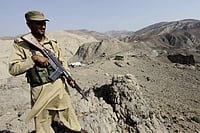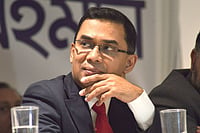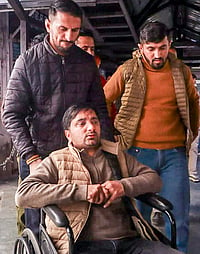It has been 11 years since Telangana was carved out of the northwestern part of United Andhra Pradesh, marking the creation of a 29th state in India. As Telangana celebrates its statehood, the economic and demographic realities are reflected in the development statistics.
According to the latest data from the Ministry of Statistics and Programme Implementation and the Gross State Domestic Product, the state’s growth at current prices for this year stood at 10.12 percent. Telangana now ranks 14th among India’s 28 states and 8 union territories. Economic challenges are also visible in the falling per capita income.
In terms of the demography, State’s Statistical Abstract 2024 reveals that in 15 years starting 2021, the newborn population is projected to decline by 25%. Percentage of people aged above 80 will rise by over 80%. Furthermore, the age group between 5-9 is set to fall by 33% and the population over age 80 is projected to rise by a staggering 302%.
These shifts could have substantial implications for public policy. A declining young population may lead to reduced school enrollments and future labour shortages, while a growing elderly population will increase demand for healthcare, geriatric support and social security infrastructure.
A State Born of Memory and Movement
On June 2, 2014, Telangana became the youngest in the country. However, its history goes far deeper. The state’s demand for equitable development turned into a movement for identity and recognition.
Today, Prime Minister Narendra Modi posted X, "Greetings to the wonderful people of Telangana on their Statehood Day. The state is known for making innumerable contributions to national progress.”
Telangana was part of the former princely state of Hyderabad and was merged with Andhra State in 1956 to form Andhra Pradesh. Over time, differences in language, governance and development gave rise to demands for a separate state. The Andhra Pradesh Reorganisation Act was passed in 2014, officially creating Telangana.
Spanning 1,12,077 square kilometers, Telangana borders Maharashtra, Chhattisgarh, Karnataka, and Andhra Pradesh. Its major cities include Warangal, Nalgonda, Khammam, and the capital, Hyderabad.
Hyderabad - known for its tech growth - carries the legacy of Deccani culture, Urdu poetry and Sufi traditions. During the statehood movement, Hyderabad’s status became the focal point. Eventually it was declared a joint capital for ten years - a period set to conclude soon.
"Even before Andhra Pradesh came into being, Hyderabad had its own political journey—with leaders like Burgula Ramakrishna Rao leading the way,” historian Dr. Hari Shankar notes.
The government has expressed its intent to make the state a $1 trillion economy by 2035, and $3 trillion by 2047. Though it comprises just 2.5% of India’s population, it currently contributes 5% to the national GDP.
Today’s Celebrations
As the state celebrates its Telangana Formation Day, the state remembers the nearly 50 years of struggle and protest that led to its creation. Events are being hosted today at the Parade Grounds in Secunderabad and Gun Park in Nampally, the chief minister Revanth Reddy is leading the event in the former - emphasising its cultural identity and pride. The police have also released advisories for public ease.
The legislative assembly speaker Gaddam Prasad Kumar started the day at Telangana Legislative Counil by paying tribute to M.K. Gandhi and Dr. B.R. Ambedkar. He unfurled the national flag to underline the state’s democratic values.
The state has also announced financial help to people who played key roles in the protests that led to the creation of Telangana.







